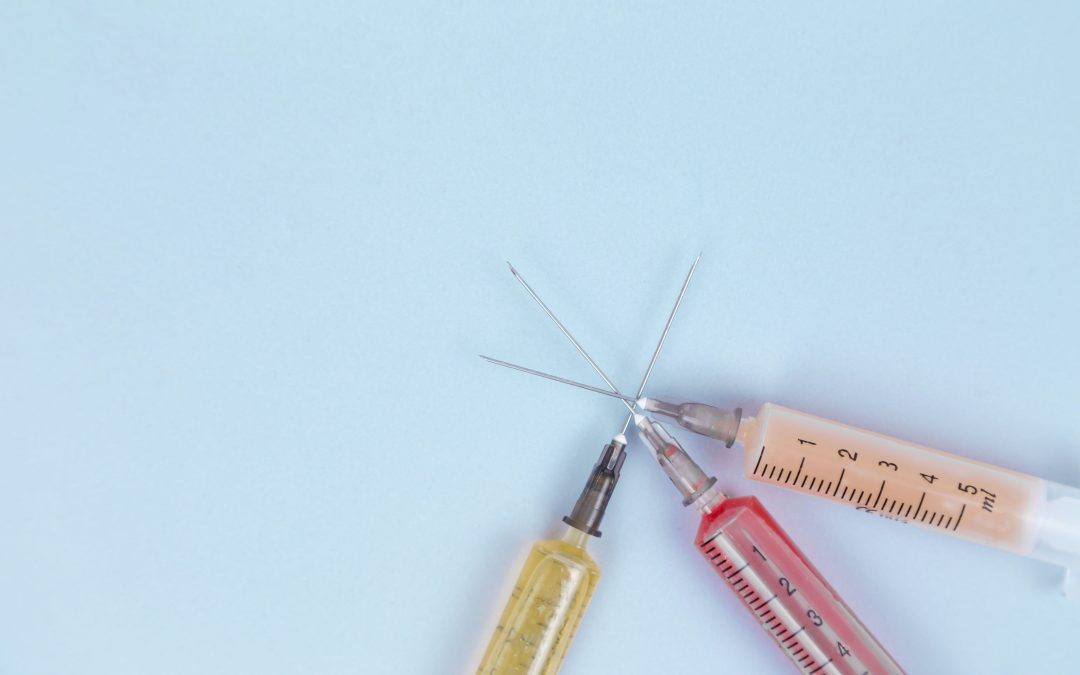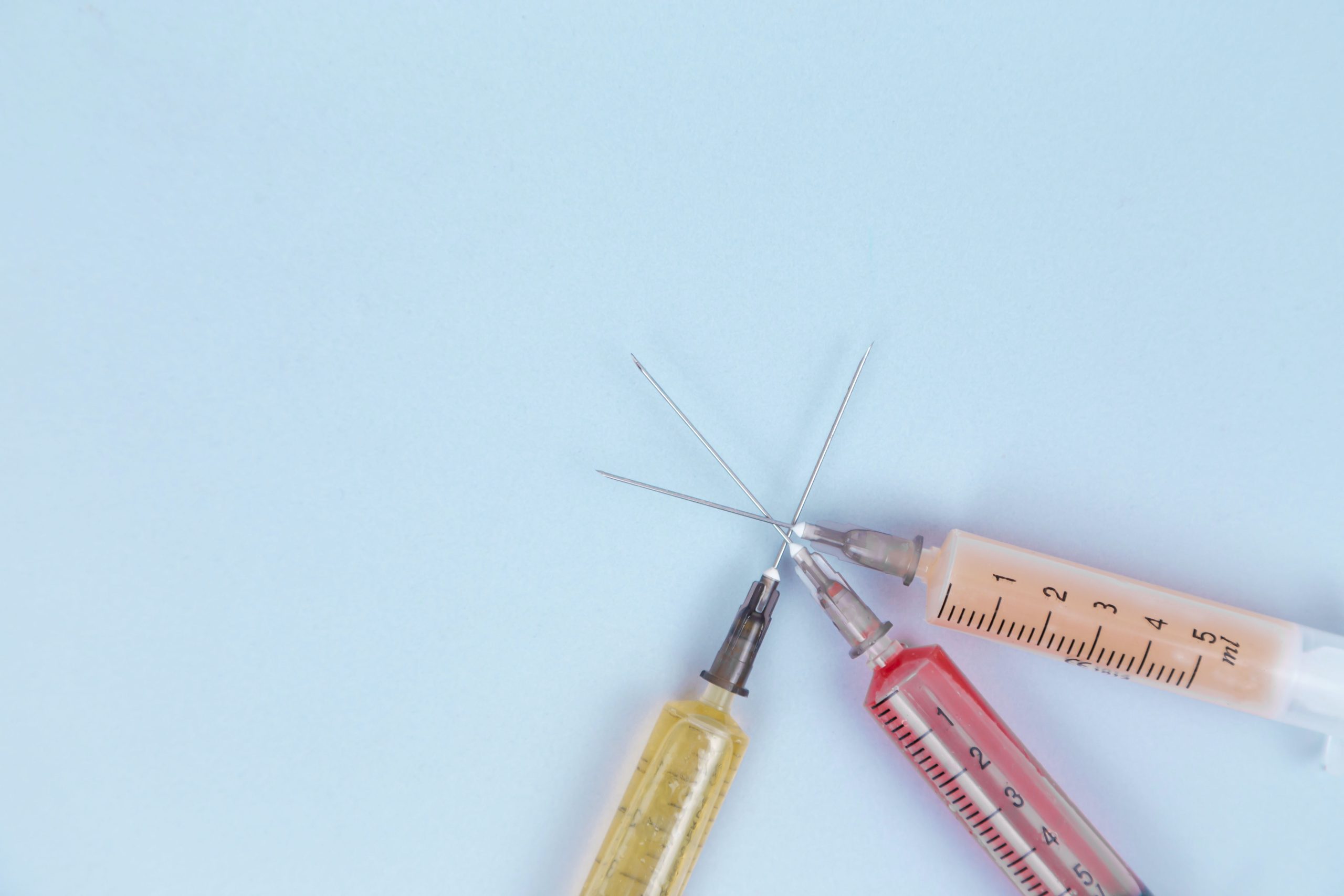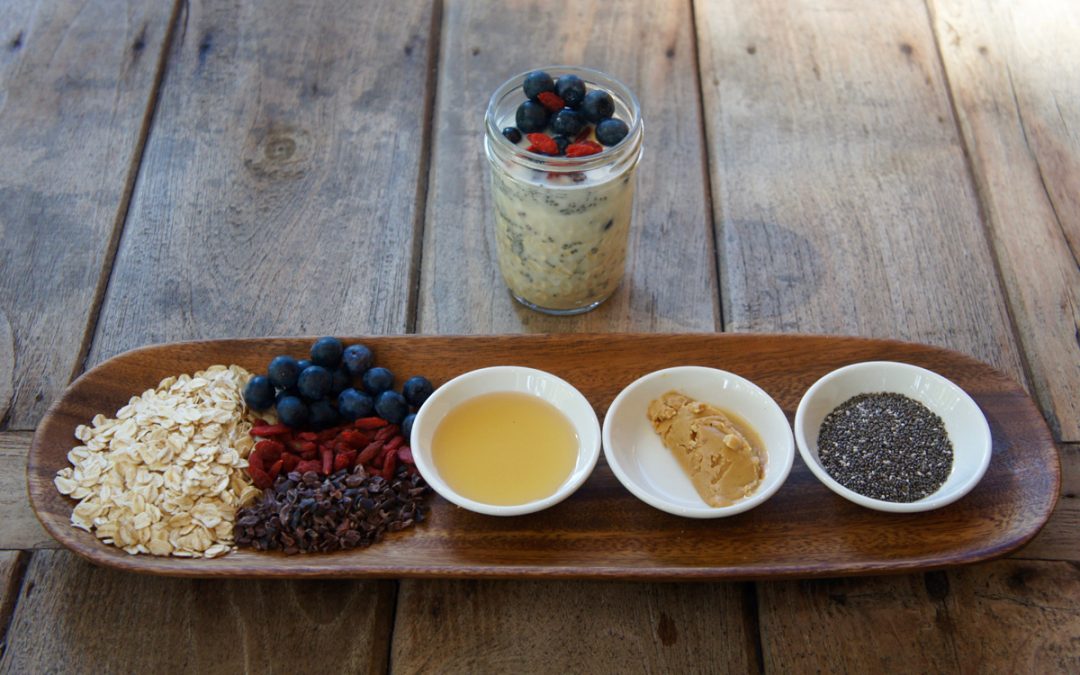
The Skinny on Weight Loss Injections

First things first, what exactly are weight loss injections?
Well, weight loss injections are a medical treatment that may aid in the battle against excess body fat. They involve injecting specific substances into the body, which are believed to promote weight loss in various ways. It’s essential to understand that these injections are not magical potions; they are often used in combination with a healthy diet and exercise regime to maximise their effectiveness.
The most common types of weight loss injections include:
1. Lipotropic Injections: These are a blend of vitamins, minerals, and amino acids, including methionine, inositol, choline, and vitamin B12. The goal of lipotropic injections is to boost metabolism, enhance fat breakdown, and improve overall liver function.
2. Human Chorionic Gonadotropin (HCG) Injections: HCG is a hormone produced during pregnancy. When used for weight loss, it is claimed to suppress appetite and help the body burn stored fat.
3. B12 Injections: Vitamin B12 is known for its role in energy metabolism. Advocates of B12 injections claim that they boost energy levels and metabolism, potentially aiding in weight loss.
4. GLP-1 Agonist Injections: These work by mimicking the hormone GLP-1, which helps regulate appetite and food intake. These are the ones that are receiving the most publicity at the moment.
Now that we know the types of weight loss injections let’s have a candid discussion about their potential benefits.
Benefits of Weight Loss Injections
1. Speeding up Weight Loss: Weight loss injections can offer a jumpstart to your weight loss journey. The combination of nutrients and hormones in these injections is believed to rev up your metabolism, leading to increased fat burning and faster weight loss.
2. Appetite Suppression: Some weight loss injections, like GLP-1 Agonists, curb hunger which can reduce overall food intake and therefore lead to weight loss. I’m in two minds about whether this is actually a benefit or not as once this is stopped the problem comes back and weight can be regained.
3. Enhanced Energy Levels: The vitamin B12 present in lipotropic and B12 injections may give you an energy boost, which could potentially improve your workout performance and overall activity levels.
4. Targeting Stubborn Fat: Weight loss injections, especially lipotropic injections, are said to aid in breaking down stubborn fat deposits, which can be challenging to eliminate through diet and exercise alone.
5. Practitioner Supervision: Weight loss injections are typically administered by healthcare professionals, ensuring that you are under practitioner supervision throughout your weight loss journey.
Now, let’s get real about the potential risks and side effects because weight loss injections aren’t without their downsides.
Risks and Side Effects of Weight Loss Injections
1. Infections and Injection Site Reactions: As with any injection, there is a risk of infection and reactions at the injection site, such as redness, swelling, or pain.
2. Hormonal Imbalances: HCG injections can lead to hormonal imbalances in the body, potentially causing adverse effects.
3. Nutrient Imbalances: Overusing lipotropic injections, which contain specific vitamins and minerals, could lead to imbalances in your body’s nutrient levels.
4. Gastrointestinal Disturbances: GLP-1 Agonist injections may cause gastrointestinal side effects like nausea, vomiting, or diarrhoea.
5. Sustainability: These injections have limited long term effects and once you stop using them, you could regain the lost weight if you haven’t adopted a sustainable lifestyle change.
The Controversy Surrounding Weight Loss Injections:
Weight loss injections have been met with mixed opinions in the medical and fitness communities. Some practitioners argue that they can be beneficial as a short-term aid to kickstart weight loss, especially for individuals who have struggled to see results through traditional methods alone. However, others believe that relying solely on injections may lead to a failure to address the root cause of weight gain and an inability to develop sustainable habits. Plus, the widespread use of the GLP-1 Agonists have lead to shortages which have negatively impact people with diabetes who also are prescribed these.
It’s essential to recognise that weight loss is a complex journey that involves multiple factors, including genetics, lifestyle, diet, exercise, and mental health. While weight loss injections might provide a helpful nudge in the right direction, they cannot replace a comprehensive and holistic approach to overall well-being.
Weight loss injections are an intriguing option in the world of weight management. They can offer a helping hand, especially for those struggling to kickstart their weight loss journey. However, they are not a magic fix and should be approached with caution and qualified professional guidance.
As with any weight loss method, the most important aspect is creating a lifestyle that promotes long-term health and well-being. It’s essential to find joy in the process, celebrate small victories, and be patient with yourself. Remember, the ultimate goal is not just losing weight but also embracing a healthier, happier, and more balanced version of yourself.
Photo by Diana Polekhina on Unsplash

Susie Garden | Clinical Nutritionist & Naturopath
Are you a woman feeling stressed, flat and experiencing the challenges of peri/menopause?
It’s time to reclaim your youthful energy, radiance and self-assurance (and your ideal weight).
I’m here to help with my proven method.
Book your complimentary Pre-Screening Call here, and let’s see how I might help you.










